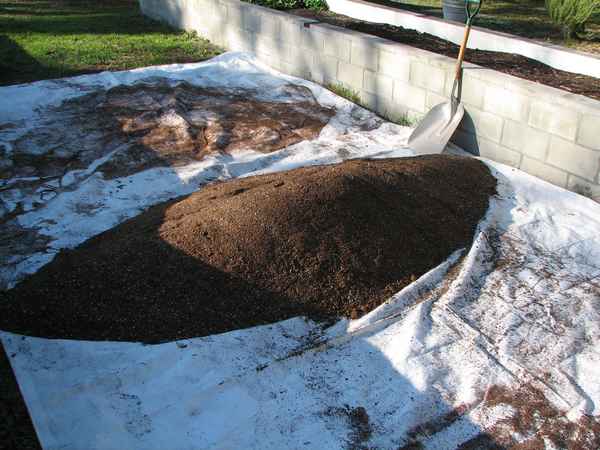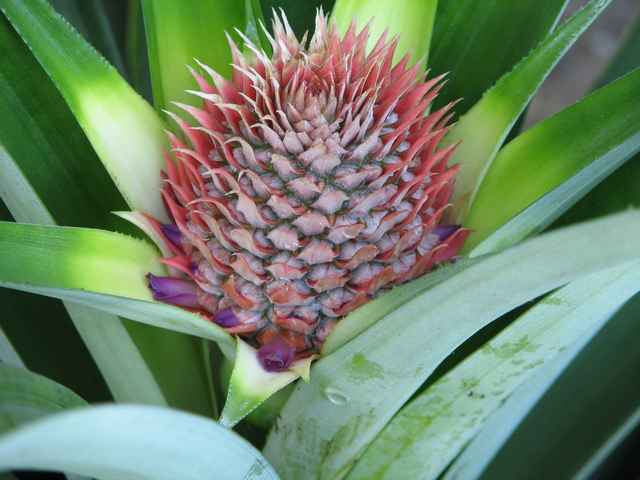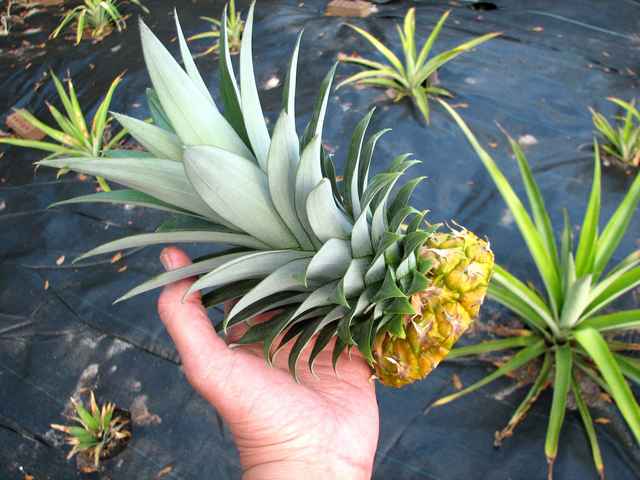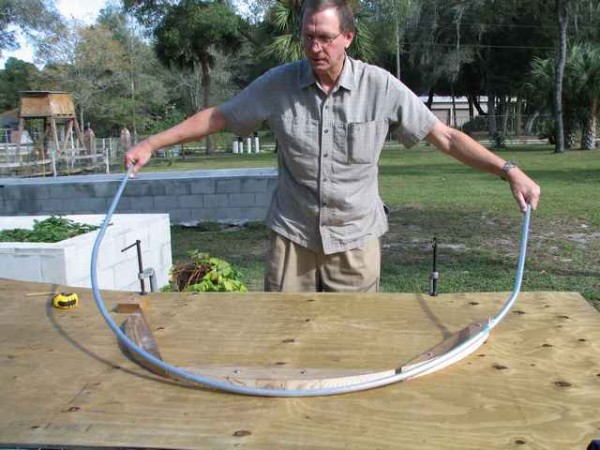One of the first things that anyone learns about transplanting tomatoes is that they should be planted as deep as possible. All the leaves and branches except for those at the very top of the plant should be pinched off and then plant it deep enough so that only those leaves at the tip of the plant are above ground.
I suspect that I’m not the only one who has wondered if the plants ever really catch up in height after being buried that deeply. I decided to find out.
When I plant the garden, in addition to the plants that are spaced out as they should be, I try to always plant some extras so that any that don’t survive or are the victim of bugs or other pests can be quickly replaced. In this case, I planted the spares right next to the primary plants so we can compare them. The primary plants were buried as deep as the plant would allow. The spare plants were planted at the same depth they were at the soil blocks and pots. After a couple of weeks, you can see that the deep buried plants quickly recovered their “lost” height. In addition, the plants had much thicker trunks and are generally more vigorous plants.
The tomato variety shown here is Jaune Flammé (often just referred to as Flammé). These are a French heirloom tomato that produces golf-ball sized tomatoes that are an apricot color when ripe. This is a very prolific indeterminate variety – and clearly the best tasting variety that I know of. They’re too small to make a good sandwich tomato, but for salads and just eating by themselves, they are incredibly delicious. The fact that they don’t turn bright red makes them less attractive to birds, and that’s always a good thing.

The tomato plants are set out using the tomato cages turned upside down to get the correct spacing.

Tomato plant as-grown, before the pre-planting pruning is done.

Pruned and ready for planting.

The growing mixture we use is easy to dig by hand, so we don't use the garden trowel very often. The hole is deeper than you might think.

In the past, I have had problems due to missing trace elements. Adding a small amount of tomato-specific fertilizer should eliminate such problems.

Add just a bit of tomato fertilizer to the bottom of the hole.

The roots have been growing around the sides of the pot. It's best not to let them go much longer than this stage.

With a bit of tomato fertilizer in the bottom of the hole, then a small amount of soil mixture to cover it, the plant is added.

The hole is filled and gently tamped.

Finally, a tomato cage is pushed down around the plant, and that's it.
22 Days Later

This is one of the spare plants that was planted at its original depth. The plant to the right (in the cage) was deep planted at the same time this spare was planted.

This is one of the primary plants. When planted, everything except the very top of the plant was pinched off and then it was deep planted so that only the top of the plant was above ground level. A spare plant can be seen to the left - the primary and spare plants have reached the same height despite starting out very differently. Note how thick the plant trunk is on the primary plant.





 The pineapple has been considered a symbol of hospitality for centuries. If you were to play a word association game, you can bet that “Southern” would be the word that most folks connect to “Hospitality”. Consider making the pineapple a regular part of your home. While it is easy enough to just pick one up at the grocery store, why not save the top and grow your own?
The pineapple has been considered a symbol of hospitality for centuries. If you were to play a word association game, you can bet that “Southern” would be the word that most folks connect to “Hospitality”. Consider making the pineapple a regular part of your home. While it is easy enough to just pick one up at the grocery store, why not save the top and grow your own?

















 Few things represent the rural agrarian life more than the farm dog. In addition to the companionship that dogs provide, the farm dog really earns his keep. With only one acre, we hardly qualify as living on a farm, yet our dog still has his job and he does it well.
Few things represent the rural agrarian life more than the farm dog. In addition to the companionship that dogs provide, the farm dog really earns his keep. With only one acre, we hardly qualify as living on a farm, yet our dog still has his job and he does it well.
















Recent Comments